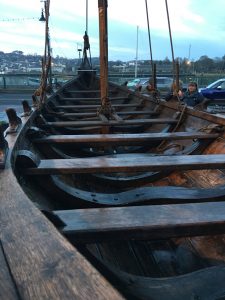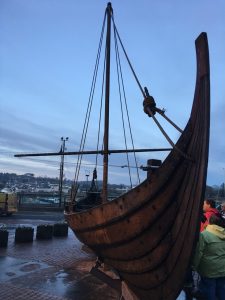Tuesday our Driver Tony, although a native of Dublin, was ready to head out of the busy city and south toward Wicklow County where we explored Glendalough, Valley Between Two Lakes and site of the 5th century monastic community of St. Kevin Coemhghein (fair begotten). Although never officially declared a saint by Rome, the stories of his works and miracles keep him an “Irish Saint”.
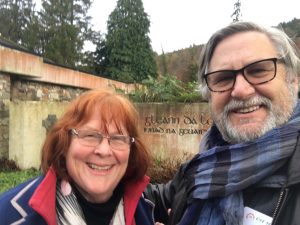
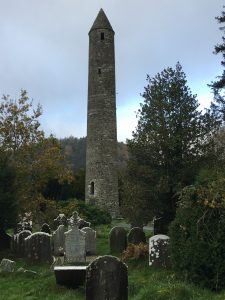
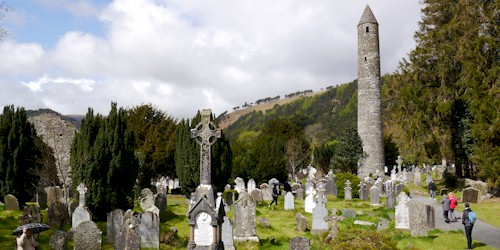
Kevin’s Cross-incorporates the Christian Cross of Crucifixion with a circle of the Sun/Son, symbolic for the local people of the spirits of their previous deities. The Monks built a 30-meter high tower of local mica slate and granite, probably to mark the community for travelers and pilgrims, and perhaps to protect any property from marauders. It has a conical roof and four windows facing North, South, East and West at the summit. A bell called out worship times from the top. Glendalough was meant to be a place of communication with nature and quiet meditation. The community supported itself simply. Even after 12th century Ecclesiastics abandoned the site, local people continued using the “cathedral” and the cemetery to bury their dead in a consecrated ground.
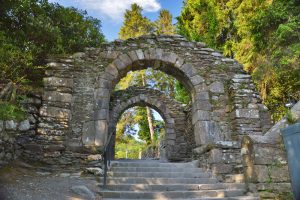
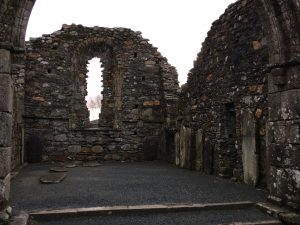
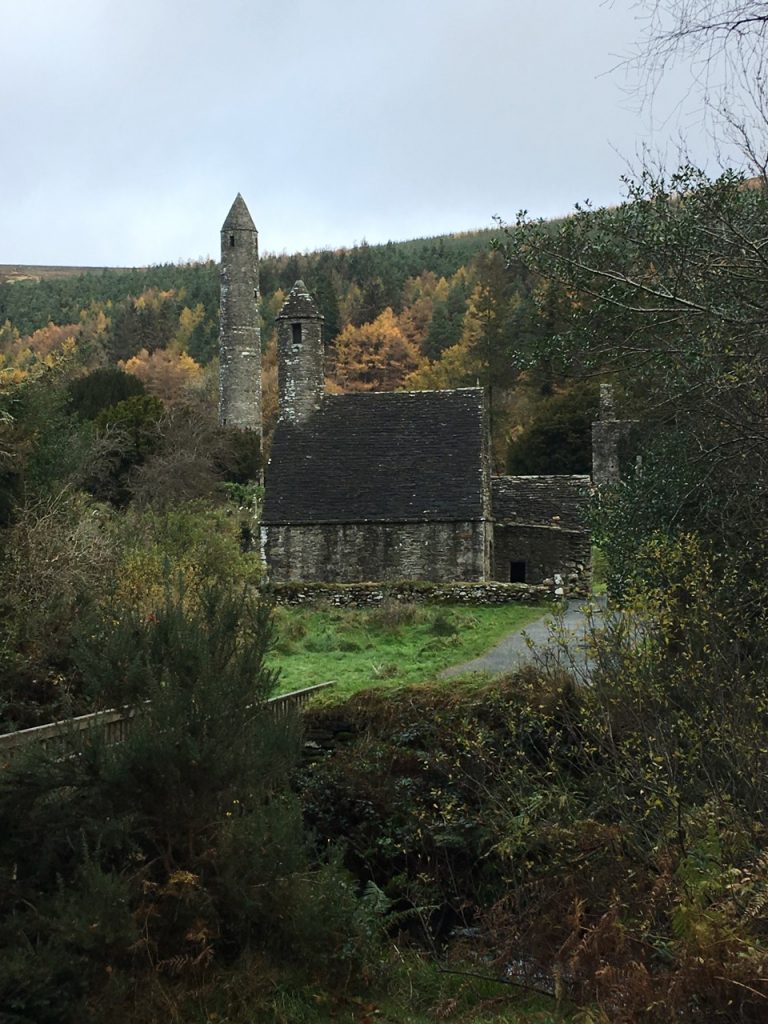

Continuing our adventure, we headed along the coast, moving clockwise around the Ireland, we rode on to Wexford County, and New Ross, port for Wm. Graves “Hunger Ship “. When the potato crop failed for two successive years, and English Landholders saw their properties fail as families died off from starvation, they sought alternatives. One was to offer a family passage to the New World (US, Canada,) on a cargo ship.
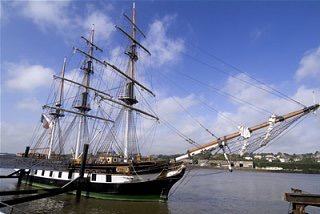


The Dunbrody Famine Ship is a reproduction of an 1840’s emigrant vessel; it provides a good interpretation of the famine emigrant experience. On board the ship, our guide talked about the realities of life on these notorious “Coffin Ships”. Lasting up to six weeks, the Atlantic crossing was anything but pleasant. Packed cheek by jowl below decks, the steerage passengers barely saw the light of day – maybe 30 minutes a day they were allowed up on deck. During bad weather, which could last several days, they never made it on deck – not a pleasant experience for anyone.
As many as 1.5 MILLION people may have traveled to the “better land” in these ships.
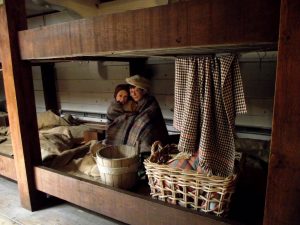
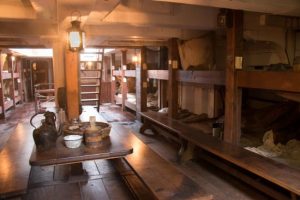
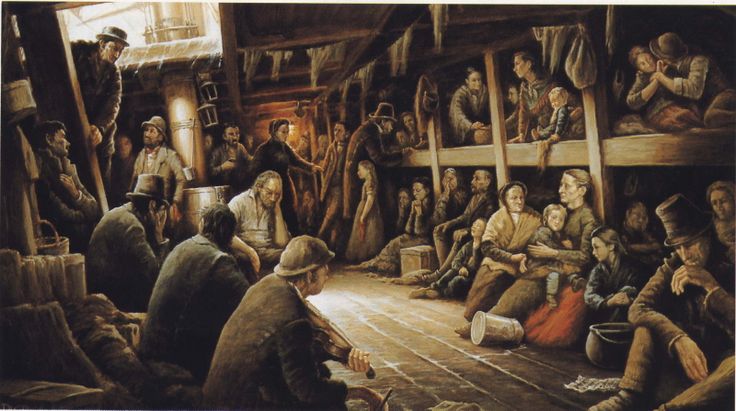
It was an interesting visit seeing the ship and hearing the stories along with all the information they provided.

After completing our tour, we boarded the bus and headed to our next stop for the evening – Waterford. Once there we did a quick walking tour highlighting the Viking, and Norman Conquest of the city and visiting some of the significant sites.
